Operational Models
The CALP Network’s State of the World’s Cash Report identifies different types of operational model, including consortia and alliances, shared cash delivery mechanisms, single agency cash delivery, and integration of systems.
“The overall structure through which agencies work jointly…to deliver cash and voucher programming…in situation response and analysis, program design and implementation.”
Our working definition of an operational model.
Scaling up CVA offers opportunities to transform how humanitarian aid is delivered. It has implications for the roles of different agencies within various operational models, and the potential for models to link to social protection systems. It will also impact the nature of partnerships with financial service and technology providers, and how different models interact with other forms of assistance, beyond cash.
Current priorities
Since late 2016, the CALP Network has been coordinating a learning agenda to help answer these questions:
- What operational models are available to agencies implementing CVA?
- How do different models improve the efficiency, effectiveness and accountability of CVA in different contexts?
- Which operational models are most appropriate in which contexts?
We will continue to collate and disseminate the evidence base for operational models.
We are also a partner in the Cash Monitoring, Evaluation, Accountability, and Learning Organizational Network (CAMEALEON) consortium, led by Norwegian Refugee Council, which is responsible for independent monitoring and evaluation of WFP’s Multi-Purpose Cash Assistance (MPCA) in Lebanon. This includes research and analysis regarding value for money and accountability in the operational model.
Featured content

Operational Models: Accountability to affected people
Webinar

MEAL in Emerging Operational Models
Webinar

CTP Operational Models Analytical Framework
Guidelines and Tools
The State of the World’s Cash Report launched by the CALP Network in February 2018 highlights trends in the uptake of various operational models for the delivery of cash at scale in humanitarian response. Current decision making on the choice between these various operational models is highly influenced by context, and by the policies and approaches of donor agencies. Decision making on...
Thematic lead
Latest
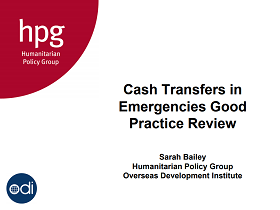
Cash Transfers in Emergencies Good Practice Review: Presentation
Presentation
Powerpoint presentation on the then-forthcoming Good Practice Review on cash transfer programming in emergencies.
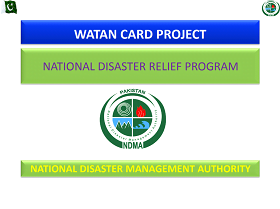
Watan Card Project – Pakistan National Disaster Relief Program
Presentation
Presentation to the CALP Network 4th Global Learning Event (Bangkok, February 2011) from the National Disaster Management Authority of the Government of Pakistan. The presentation reviews the WATAN card cash transfer programme implemented by the Government to transfer money to flood affected people. The...
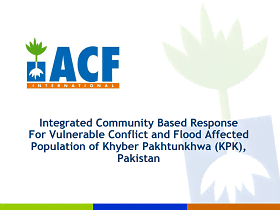
Integrated Community Based Response for Vulnerable Conflict and Flood Affected Population of Khyber Pakhtunkhwa (KPK), Pakistan
Presentation
A presentation discussing objectives, modalities, target beneficiaries and best practices of integrated community-based response for vulnerable conflict and flood-affected population of Khyber Pakhtunkhwa (KPK), Pakistan.
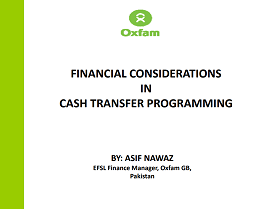
Financial Considerations in Cash Transfer Programming
Presentation
OBJECTIVES OF THE PRESENTATION • Finance considerations and challenges in CTP • Delivery Mechanisms used in the Flood Response. • Oxfam’s Experience with Order Cheques – Challenges and Innovation. • Delivery Mechanism’s – the selection dilemma.

Oxfam Programme Quality Standards: Cash transfer programmes (CTPs)
Guidelines and Tools
Through its Emergency Food Security and Vulnerable Livelihoods (EFSVL) work, Oxfam aims to meet immediate food needs and protect livelihoods, whilst contributing to the longer term economic recovery of disaster affected populations and increasing their resilience to future shocks. Oxfam believes that...

Minimum Economic Recovery Standards
Guidelines and Tools
The Minimum Economic Recovery Standards articulate the minimum level of technical and other assistance to be provided in promoting the recovery of economies and livelihoods affected by crisis.

Delivering money: Cash transfer mechanisms in emergencies
Report
This report documents lessons learned in cash transfer programming in emergencies, with a particular focus on the practicalities of how to deliver money to beneficiaries. It provides guidance for project managers needing to make choices about how to efficiently and effectively deliver cash, and explores...
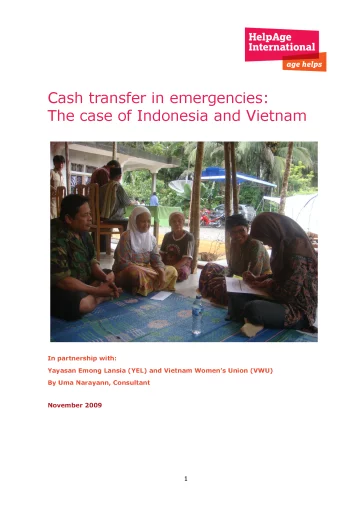
Cash Transfers in Emergencies: The case of Indonesia and Vietnam
Case Study
In October 2009, typhoon Ketsana brought heavy rains over Vietnam causing sudden and heavy flooding, which led to considerable loss of lives, shelters and livelihoods. Around the same time, an earthquake measuring 7.2 on the Richter scale struck the island of Sumatra in Indonesia causing massive loss of...
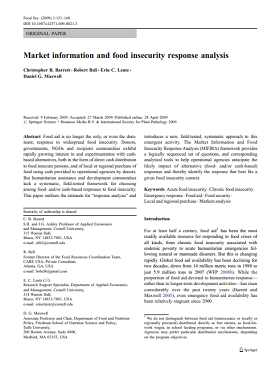
Market Information and Food Insecurity Response Analysis (MIFIRA)
Report
This paper outlines the importance and rationale for agencies to undertake a “response analysis” before choosing an appropriate programme delivery mechanism to a humanitarian situation. The Market Information and Food Insecurity Response Analysis (MIFIRA) framework is introduced. This provides a...
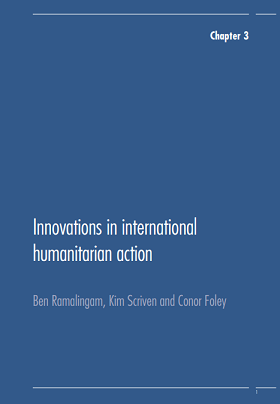
Innovations in International Humanitarian Action
Report
This document forms the third chapter of ALNAP’s 8th Review of Humanitarian Action, for more information and access to other chapters, please click here. Critics of humanitarian aid, many from within the sector, complain that humanitarian evaluations and other learning exercises repeatedly highlight...
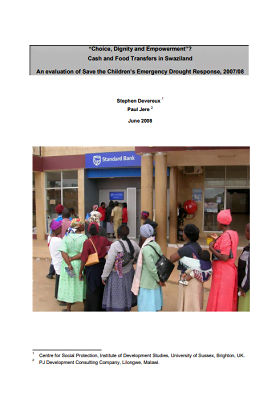
Choice, dignity and empowerment? Cash and food transfers in Swaziland: An evaluation of Save the Children’s emergency drought response
Case Study
This evaluation report looks at the Save the Children’s cash transfer project, which was a response to the 2007/8 food crisis in Swaziland, with the aim of not only providing humanitarian assistance but also as a way to break the dependency of rural families on food aid. Selected beneficiaries were...

A summary of the British Red Cross cash grants for livelihood recovery in Aceh, Indonesia
Case Study
From April 2005 to June 2008, the British Red Cross Society (BRCS) disbursed more than USD 10 million in cash grants directly to over 10,000 tsunami-affected people in Aceh to support the recovery of their predominantly agriculture and fisheries-based livelihoods. This study draws lessons from the rich...

Case Study of the Poultry and Grape/Raisin subsectors in Afghanistan: Guided case study in value chain development for conflict-affected environments
Report
Is the value chain approach effective for restoring market-based economic activity in a severely affected post-conflict environment?. The goal of this study is to gather empirical evidence to answer this question, looking at the role of the value chain approach in the work of USAID’s Rebuilding...

Practitioners’ Guide to the Household Economy Approach
Guidelines and Tools
This guide is aimed at those carrying out household economy approach (HEA) assessments, and is intended to serve as both a refresher guide for experienced practitioners and a set of reference reading materials to accompany formal trainings for new practitioners. The Practitioners’ Guide is presented as...
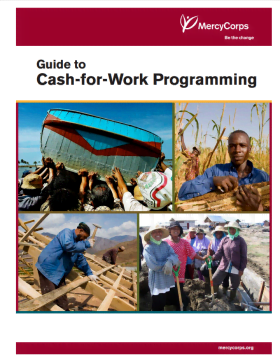
Guide to Cash-for-Work Programming
Guidelines and Tools
Cash-for-Work is a short-term intervention used by humanitarian assistance organizations to provide temporary employment in public projects (such as repairing roads, clearing debris or re-building infrastructure) to the most vulnerable segments of a population. The methodology is relatively new, but its...

Implementing cash-based interventions: A guideline for aid workers
Guidelines and Tools
This is a comprehensive guide to the theory and practice of cash-based interventions in the field, covering cash grants, vouchers, and labour-based interventions (cash for work). It also includes practical templates including examples of questionnaires, market surveys, beneficiary cards, voucher formats...
